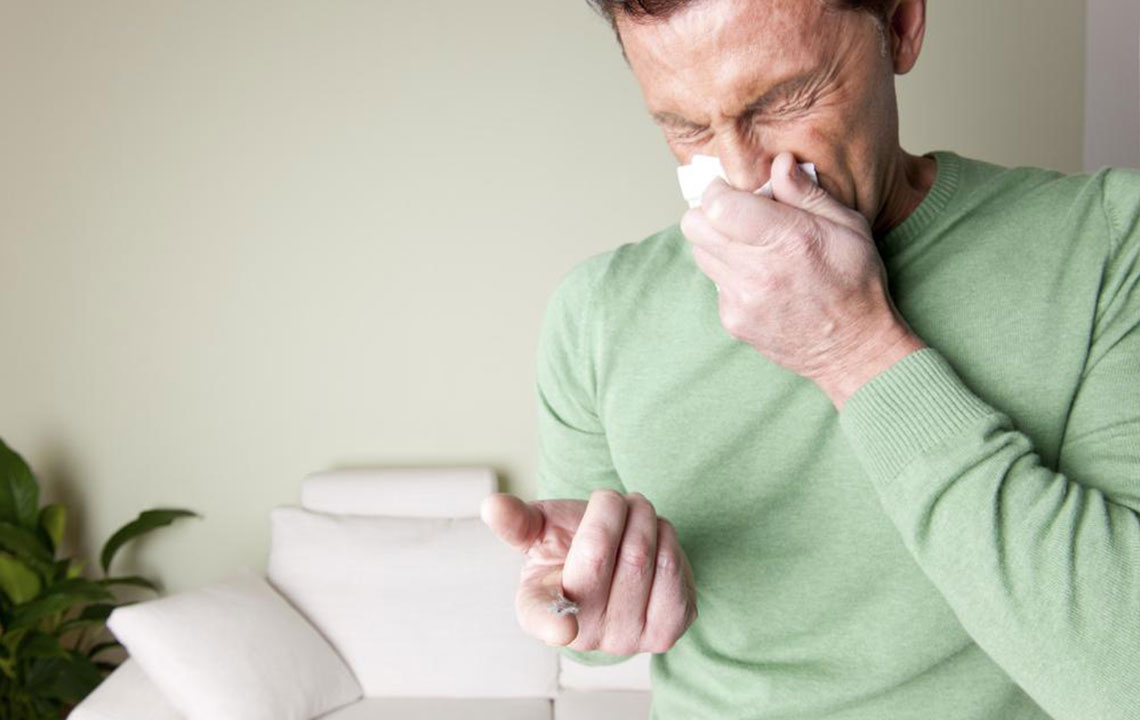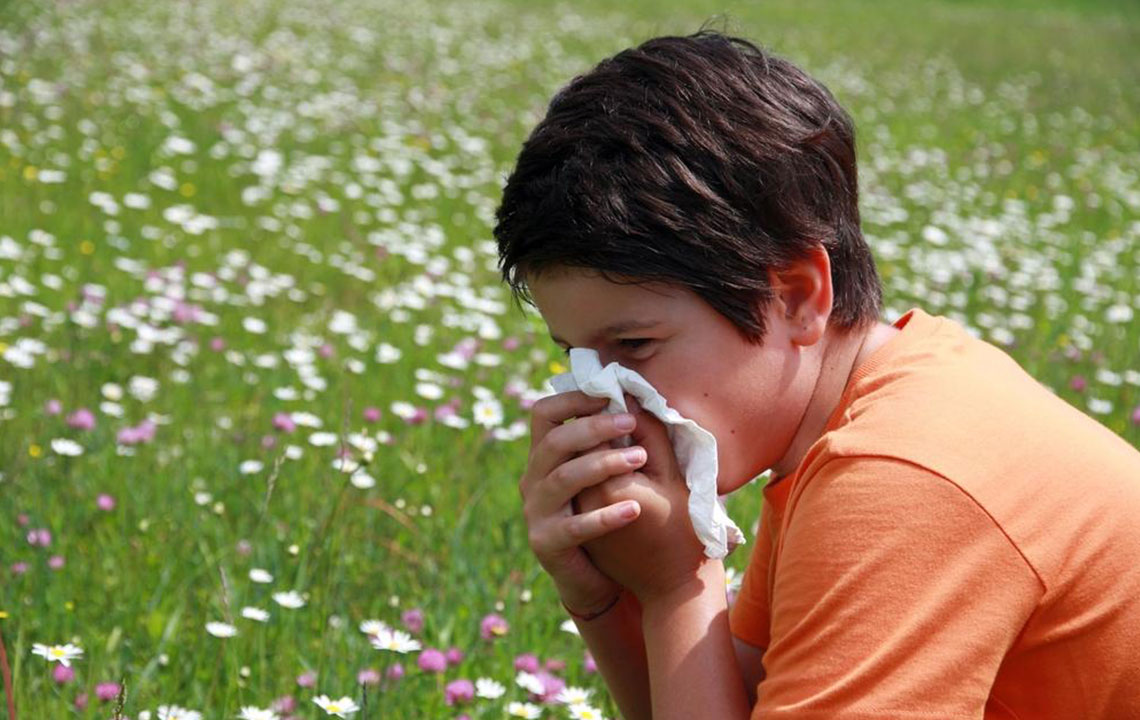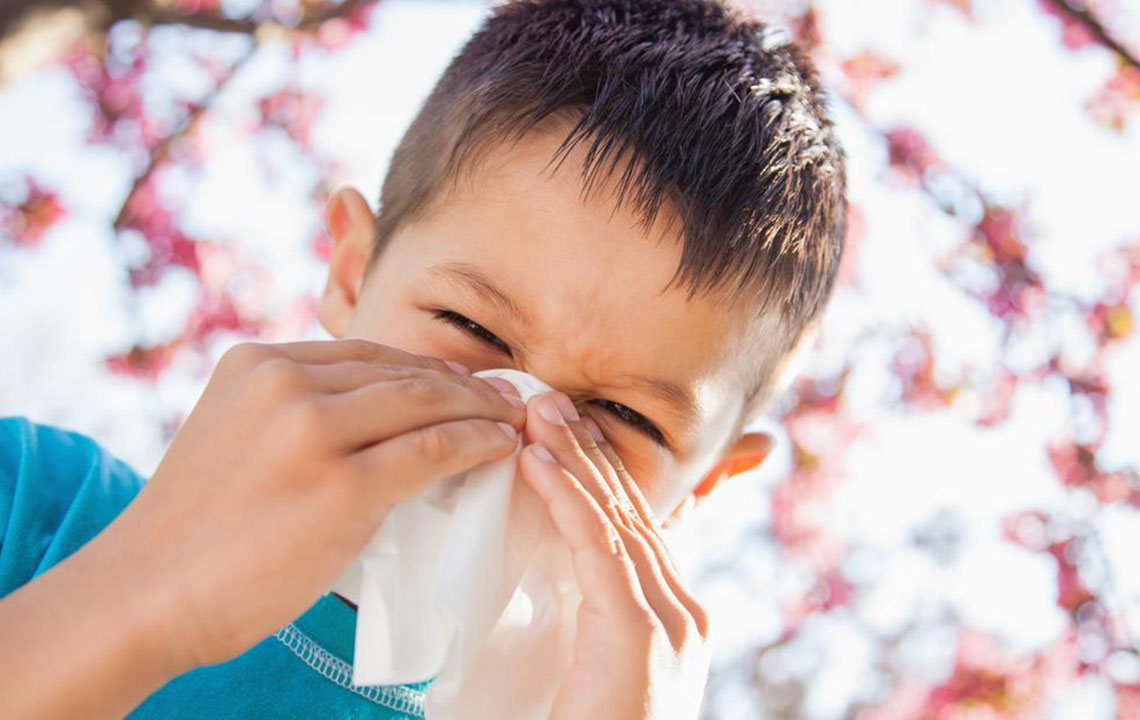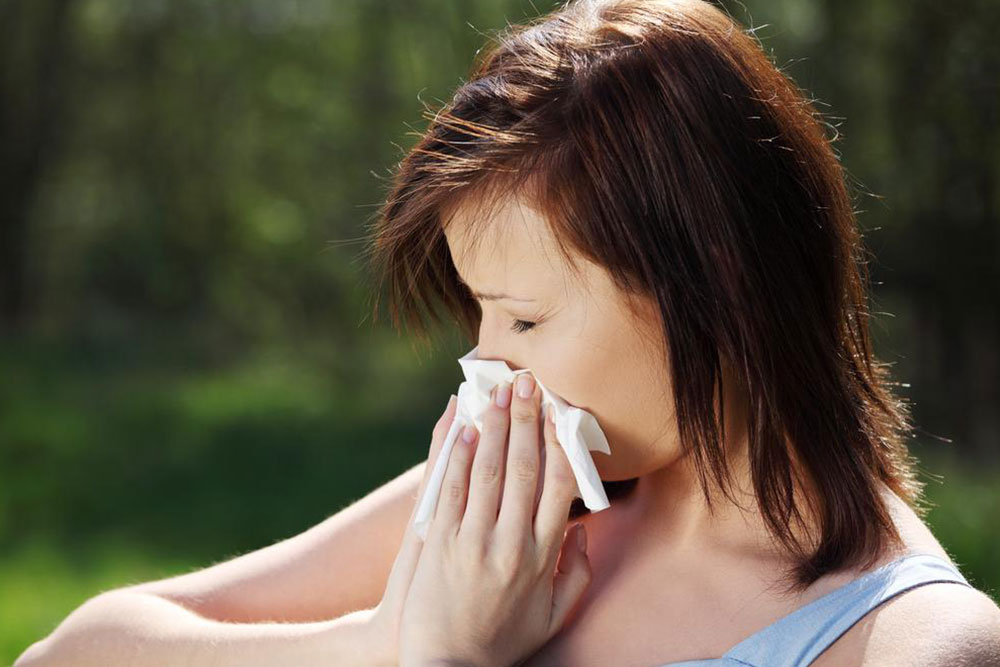Comprehensive Guide to Mold Allergies: Causes, Symptoms, and Effective Management Strategies
This extensive guide covers the causes, symptoms, and effective treatments for mold allergies. It emphasizes the importance of environmental control, early symptom recognition, and professional medical advice. Managing mold exposure by maintaining proper ventilation and addressing water issues can significantly reduce allergic reactions. The article provides practical tips to prevent mold growth at home and offers insights into medical options like antihistamines and immunotherapy. Protect your respiratory health by understanding mold allergies thoroughly and taking proactive steps for a mold-free environment.

Comprehensive Guide to Mold Allergies: Causes, Symptoms, and Effective Management Strategies
Mold allergies are a common yet often overlooked health concern affecting millions worldwide. These allergies are caused by certain types of mold spores that become airborne and inhaled into the respiratory system, triggering allergic reactions in sensitive individuals. Mold is a widespread environmental fungus that can grow both indoors and outdoors, thriving in damp, dark, and humid environments. Recognizing the presence of mold and understanding its impact on health are crucial steps in managing and preventing allergy symptoms effectively.
Molds are fungi that belong to a broad category of microorganisms found practically everywhere in our environment. Even though molds are microscopic and often unnoticed, their spores can have significant health implications when inhaled or come into contact with skin. Indoor mold growth is often hidden behind walls, under floors, or within ventilation systems, making it essential to identify the typical signs of mold infestation to prevent health issues. Outdoors, molds flourish in fields, forests, and damp areas, releasing spores that can enter our homes through open windows, doors, or on clothing and pets.
To understand mold allergies thoroughly, it is important to identify the various factors that contribute to mold proliferation and allergy development. Key contributors include high humidity levels, poor ventilation, water leaks, and areas with constant moisture. Certain mold species, such as Aspergillus, Cladosporium, and Penicillium, are known to trigger allergic responses. Individuals with compromised immune systems, pre-existing respiratory conditions like asthma, or allergies are more susceptible to mold-related health issues. Recognizing the symptoms early can significantly improve treatment outcomes and quality of life.
Understanding the Causes of Mold Allergies
Mold allergies are primarily caused by exposure to mold spores that become airborne when mold colonies grow and release spores into the environment. These spores are tiny and lightweight, making them easy to inhale. Factors that increase mold spore presence include environmental conditions such as high humidity (above 60%), dampness from leaks or flooding, poor airflow, and stagnant air in enclosed spaces. Mold can grow on a variety of materials, including drywall, fabric, wood, and paper, leading to hidden infestation issues that are difficult to detect without thorough inspection.
Certain mold species are more allergenic than others, and their spores vary in size and potency. The most common types associated with allergies are Aspergillus, Cladosporium, and Penicillium, each producing spores that can become airborne and trigger allergic reactions in sensitive individuals. The spores attach easily to dust, furniture, bedding, and clothing, creating additional opportunities for exposure.
Recognizing the Symptoms of Mold Allergies
Symptoms of mold allergies often mimic those of other respiratory conditions, making diagnosis challenging without proper testing. Common symptoms include nasal congestion, sneezing, coughing, itchy or watery eyes, and nasal itching. Some individuals may also experience skin rashes, dryness, or irritation from mold spores contacting skin or mucous membranes. In people with asthma or other respiratory illnesses, mold exposure can exacerbate symptoms, leading to wheezing, shortness of breath, and chest tightness.
Chronic exposure to mold can also cause sinus infections, coughs that persist beyond typical colds, and a general decline in respiratory health, especially in vulnerable groups such as children, elderly individuals, or those with existing health conditions. Recognizing these symptoms early is important to prevent more severe health complications and to implement appropriate treatment plans.
Effective Treatments for Mold Allergies
Managing mold allergies involves a combination of medical treatment and environmental control. Medications are often the frontline approach to relieving symptoms. These include antihistamines, decongestants, corticosteroid nasal sprays, and leukotriene receptor antagonists, which can reduce inflammation and allergic responses. In persistent or severe cases, allergy shots (immunotherapy) may be recommended to desensitize the immune system to mold spores over time.
In addition to medications, environmental strategies are vital in reducing exposure and preventing mold growth. Regularly inspecting your home for signs of mold, especially in humid areas like bathrooms, kitchens, basements, and attics, is essential. Fixing leaks, improving ventilation with exhaust fans, using dehumidifiers, and cleaning surfaces with mold-killing solutions can significantly decrease mold presence.
Proactive measures include maintaining indoor humidity levels below 50%, ensuring adequate air circulation, and removing items prone to mold growth, such as old fabrics or paper clutter. Improving airflow by opening windows, using air purifiers equipped with HEPA filters, and regularly cleaning air ducts can help remove mold spores from indoor spaces.
Prevention and Long-term Management
Prevention is the most effective way to combat mold allergies. Creating a dry, well-ventilated living environment is crucial. Regularly checking for and repairing leaks, using mold-resistant products during renovation or construction, and keeping indoor humidity low are key steps. Individuals with known mold allergies should consider consulting healthcare professionals for allergy testing and management plans tailored to their needs.
Living mold-free requires ongoing efforts, including routine cleaning, prompt repair of water damage, and proper home maintenance. Educating family members about the risks of mold exposure and establishing good household habits can go a long way in reducing allergy triggers. If mold issues are extensive or persistent, consulting with mold remediation specialists is recommended to effectively eliminate mold growth and protect health.





